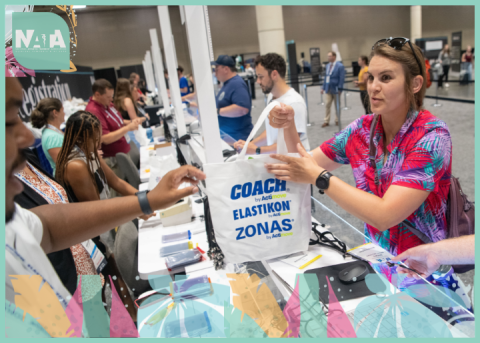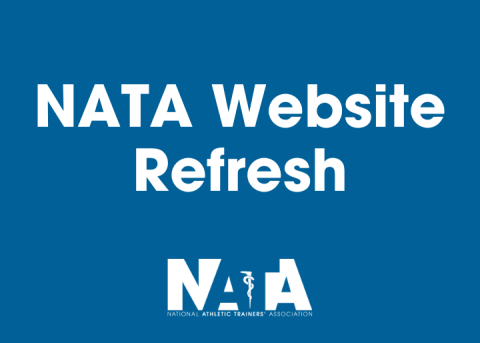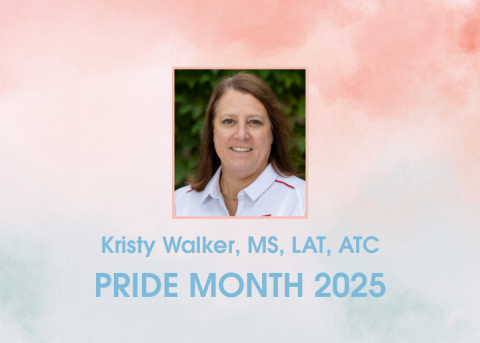
Throughout the history of athletic training, the college/university, higher education, professional sports, secondary school and various emerging settings have become home to athletic trainers wanting to care for all active populations. The impact of these ATs has helped their patients remain active and healthy in work, life and sport.
In honor of National Athletic Training Month this year, the March NATA News featured nine athletic trainers who are providing care to a variety of patient populations. They shared what drew them to the athletic training profession and their particular setting. They also shared how the AT’s essential skill set showcases this year’s NATM theme, “There’s an AT for That.”
Continue reading to learn more about NATA COPA Public Safety Committee member Lori Howard, MS, LAT, ATC, and her athletic training journey in the public safety setting.
Why are you passionate about your patient population/setting?
It is inspiring to work with and assist patients who, upon graduation, will be serving the nation as law enforcement officers and agents. On the job, they will often be responsible for responding to someone’s worst day, they will be working long hours often with potential for danger to themselves and their coworkers, and the physical, mental and emotional demands in public safety are very high. The trainees will go on to protect the people, property and resources of America, and it is gratifying to play even a small role in helping along their professional journey. Additionally, the trainees and instructors I work with are the most appreciative population I have ever served.
Tell us about your most memorable day on the job.
I was part of the medical team that provided care to a trainee during an emergency. Fortunately, he had a positive outcome and was cleared to continue training. He sought me out to thank me and invite me to his graduation ceremony, specifically, so he could introduce me to his family.
How have you advocated for your position and the athletic training profession throughout your career?
I was a teacher and preceptor in an athletic training education program for almost 20 years. During that time, I believed one of the best ways I could advocate for the profession was by training future generations of athletic trainers. I have also been mindful when accepting employment as to how athletic trainers were perceived and supported onsite, so that I had peers and supervisors who would help me advocate for athletic training. Having a shared philosophy with your peers so that the message you are sending about the needs you have is consistent, whether that is more staff, change in duties, expanding services, improving facilities, etc. Persistence is also important as well as learning when it is advantageous to make a request, present or reintroduce an idea.
I have participated in National Athletic Training Month annually since it was first recognized. My involvement has ranged from having the mayor recognize and read an NATM-related proclamation, having cookouts to recognize athletic trainers and the whole medical team, having public service announcements at sporting events, aligning NATM with fundraising for local non-profits to having NATM t-shirts made and giving interviews.
Reflecting this year’s theme of “There’s an AT for That,” if you had to pick one essential skill ATs bring to all settings, what would it be?
Adaptability is essential since our scope of practice is broad as are our roles and responsibilities. Transitioning between tasks, audiences, duties and roles takes significant skill along with mental and physical bandwidth.
How are you celebrating National Athletic Training Month this year?
Typically, there is an article that is shared across the Federal Law Enforcement Training Center news and social media, and we typically have a luncheon.





